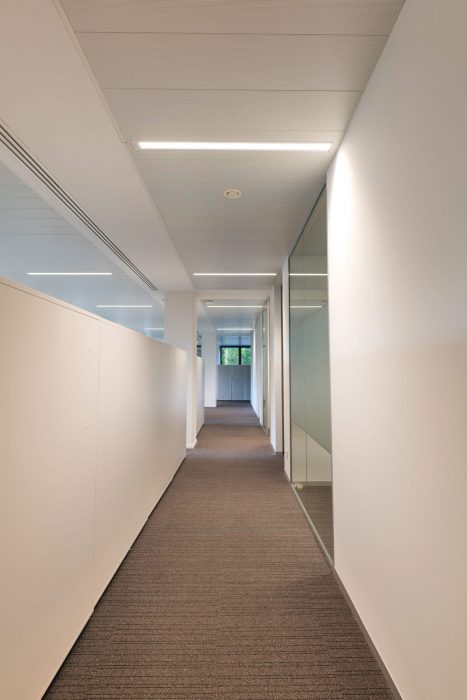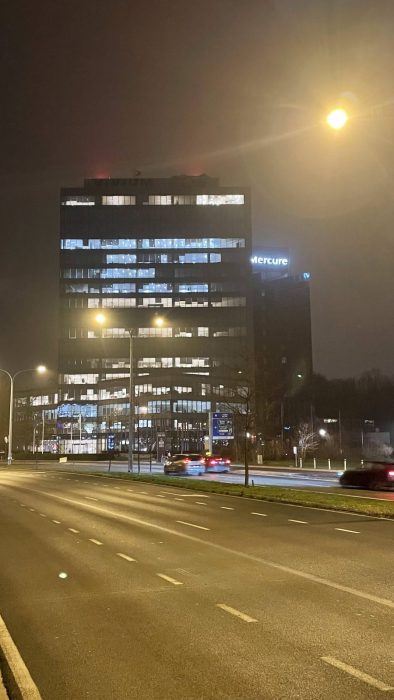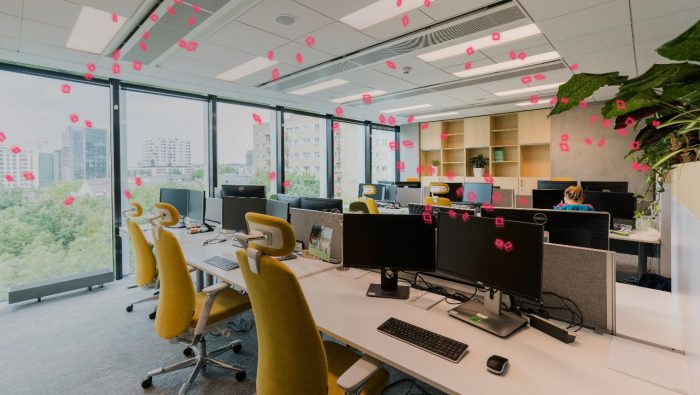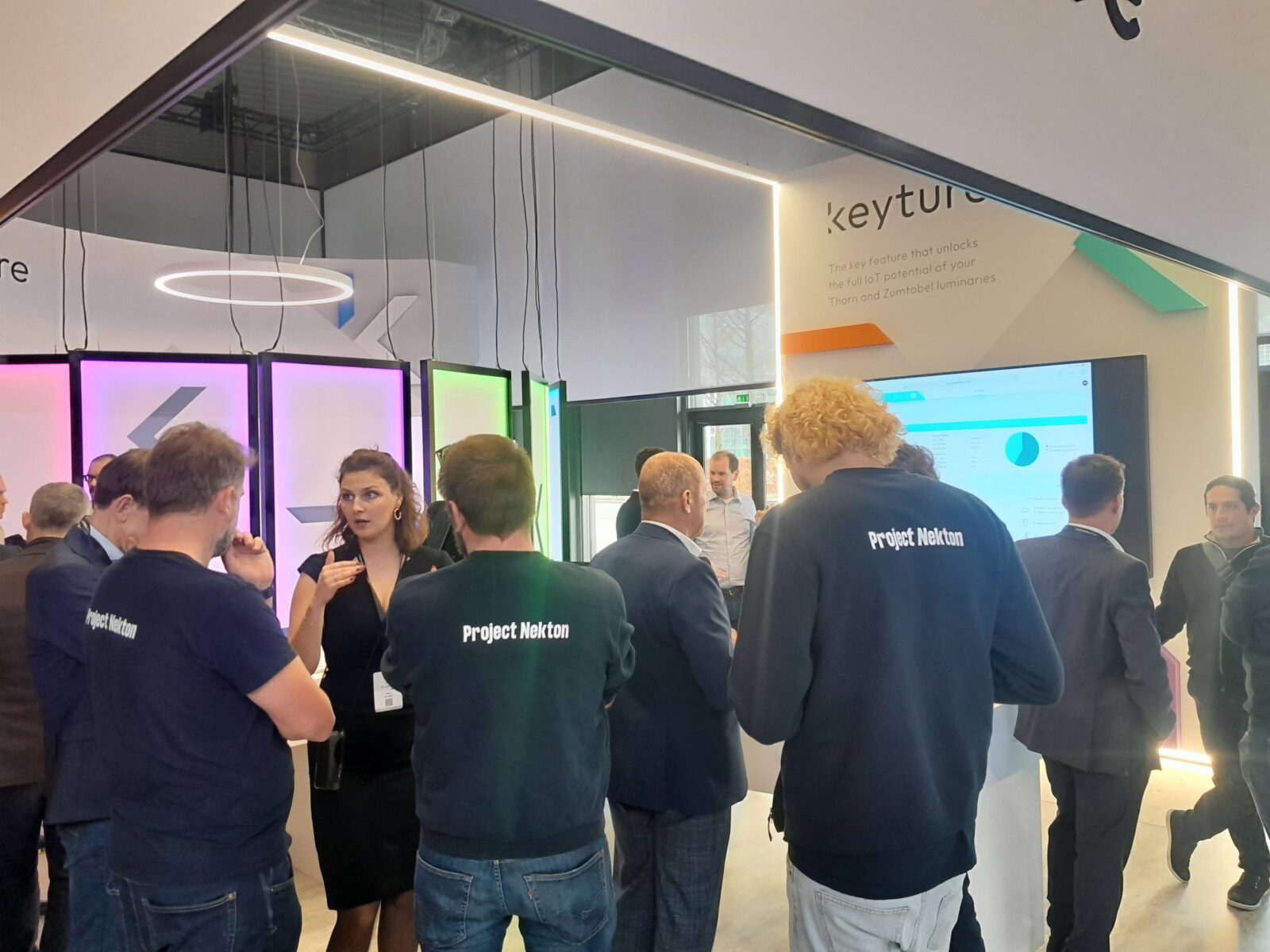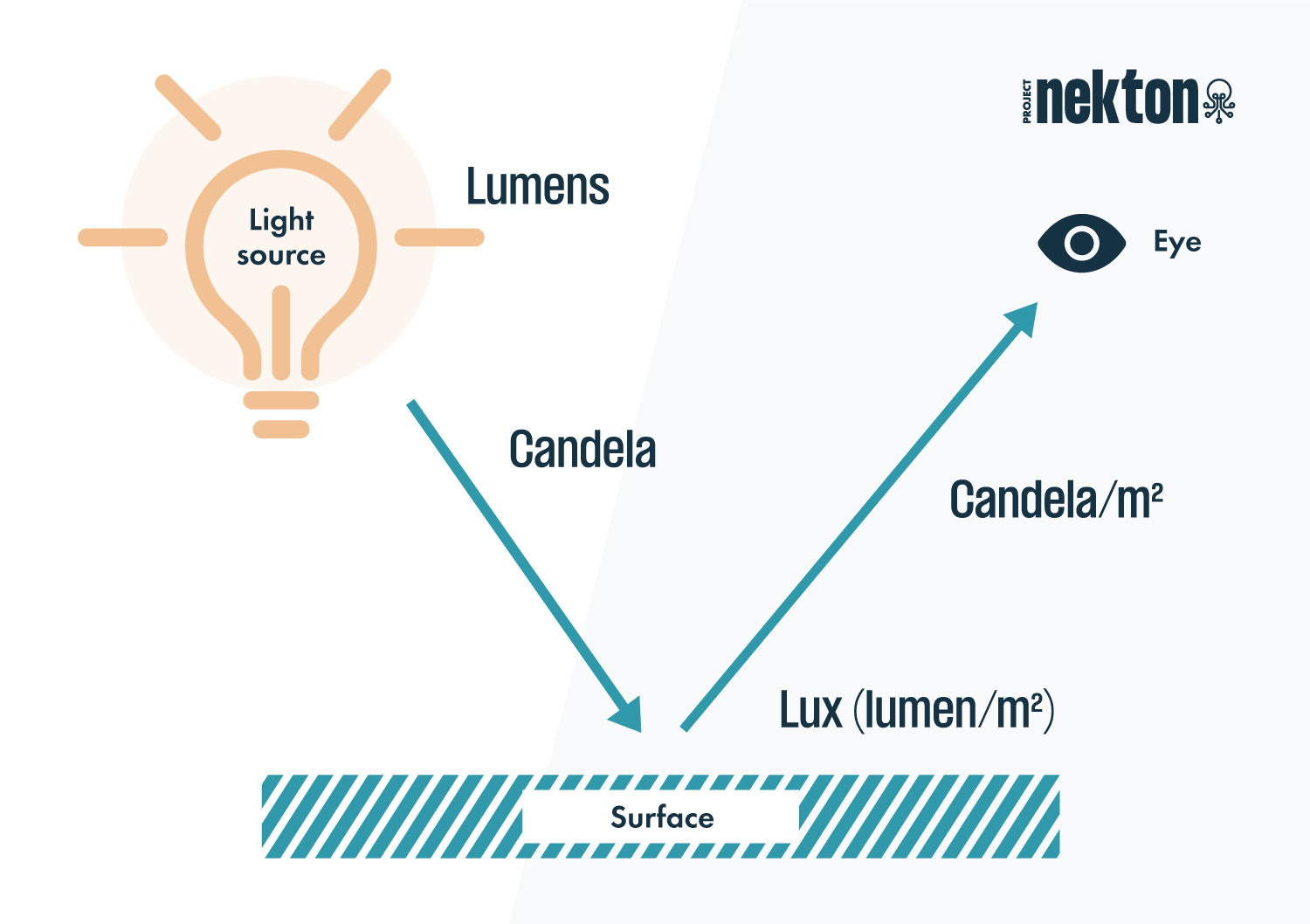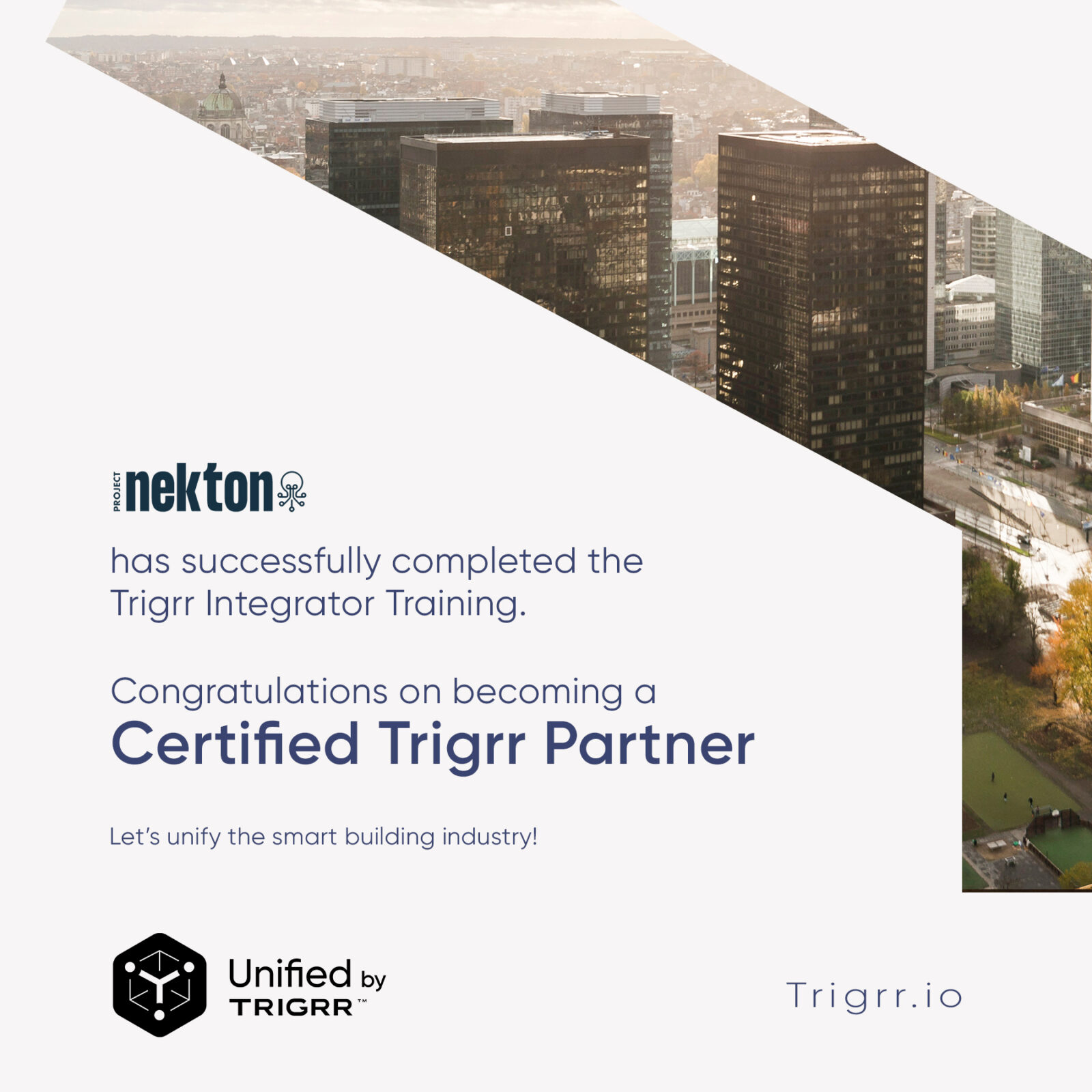Lighting accounts for 12% of global electricity consumption each year.
With environmental sustainability and energy efficiency becoming increasingly important, companies are looking for ways to reduce their lighting-related energy costs. The best option for this is to install smart LED lighting, which can save up to 80% on your energy bills.
Retrofitting existing lighting to smart LED lighting is easy to schedule: the project can be done perfectly during business hours, without inconveniencing your staff or having to relocate. It is a minimally disruptive intervention, especially when compared to other drastic steps that the energy and climate crises will require, such as better insulating buildings, renewing or modifying HVAC systems, etc.
What is Smart Connected Lighting?
Smart connected lighting, or smart connected lighting, is an integrated lighting system connected to the Internet or your local building management system, and equipped with sensors. When connected to the cloud, you can log in from anywhere, which gives businesses more control over their energy use; real-time access to consumption and current lighting levels, and automating tasks such as dimming lights in unoccupied areas or turning off lights when they are not needed.
A new reality for (office) buildings
LED lighting with built-in sensors can make buildings, which account for 40% of global greenhouse gas emissions, much more energy efficient. Occupancy sensors integrated into a smart lighting system can dim workstations and other spaces when they are not occupied and light them again when there is presence.
This finally puts an end to old-fashioned lighting regimes where lights are either completely on or completely off, often leaving empty spaces unnecessarily (overly bright) lit for a fixed period of time or continuously. So there is more control over the actual electricity use of lighting, and you can reduce energy consumption even further through further optimizations.
Moreover, the sensors will also turn off the light completely at night, to avoid lighting remaining on all night when no one is left in the building – something we frequently see in (new) office buildings.
Beyond lighting
As in a smart city, smart lighting systems can serve as the foundation upon which a smart and efficient ecosystem can be built – a smart integrated system goes beyond just the lighting.
Connected is an important key word when we talk about smart connected lighting systems; they use standard network architectures and protocols (such as IP, KNX, BACnet, or API links) and thus can integrate with other systems in a building to create synergies that add a lot of additional value.
Consider integration with an HVAC system, where a connected lighting system constantly monitors internal and external lighting conditions, automatically opening blinds to provide additional sunlight to the entire building. Heating can now be automatically turned down a notch, or openings opened to let in cooler air and lower the air conditioning.
This connectivity leaves very few limitations in terms of smart integrations, and it opens up additional opportunities to significantly lower energy bills and reduce carbon emissions.
In addition to smart integrations, such a lighting system also includes various sensors, which provide valuable data to help make operations more sustainable. Occupancy sensors collect data on usage levels and activities in a lit space. They can use this data to perform space optimization analyses: if less space is needed because parts of a floor or even entire floors are underutilized, these spaces can be minimally heated, cooled and lit. When expanding, the company can also use this data to make important decisions about whether or not to lease or sell these unused spaces, to further reduce the physical footprint of the operation.
Each of these actions can significantly reduce costs, conserve energy and reduce emissions!
Short-term benefits, long-term promise
Smart lighting promises significant long-term benefits, and can reduce the global carbon footprint by more than 553 million tons per year.
But there are also many short-term benefits. Smart lighting can be installed quickly, on an as-a-service basis that requires no capital investment and minimal disruption. The supplier retains ownership of the lighting hardware and performs all maintenance and upgrades; the customer only has to pay periodic fees and benefit from the savings that begin to pay off immediately.
You can read more about our lighting services here, such as Light as A Service (LaaS) or Light at your Service (LayS).
Besides the classic as-a-service offering, we are also in the wings preparing a Circular offering (C-LaaS), we are making sure that the total offering fully complies with the circular thinking that is strongly promoted from Europe. More news on this soon.
Savings in energy consumption and costs are immediately realized through the energy efficiency of the LED luminaires themselves. Energy consumption will fall even further as data-driven lighting applications come online, with many additional long-term benefits for space owners, managers and users.
